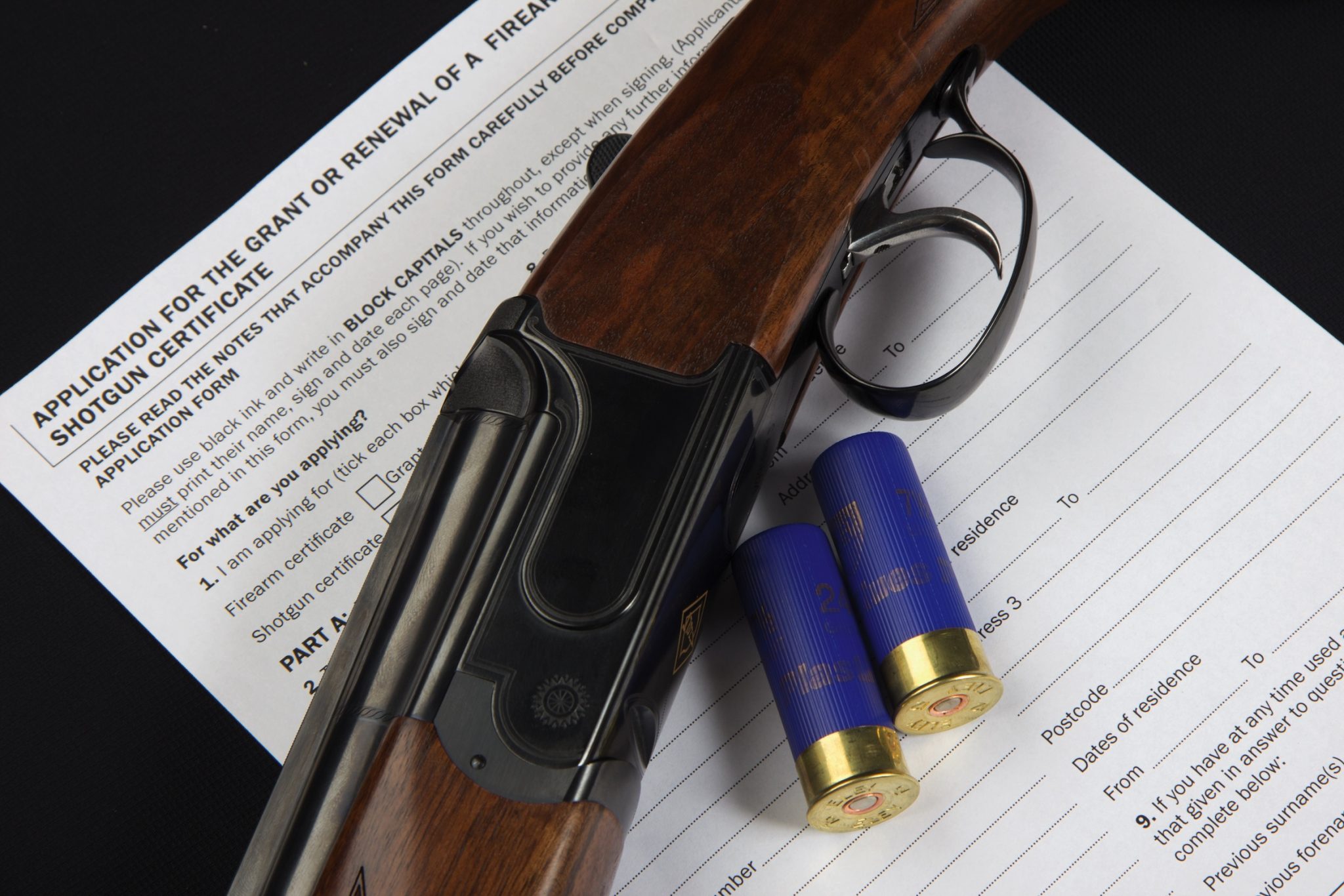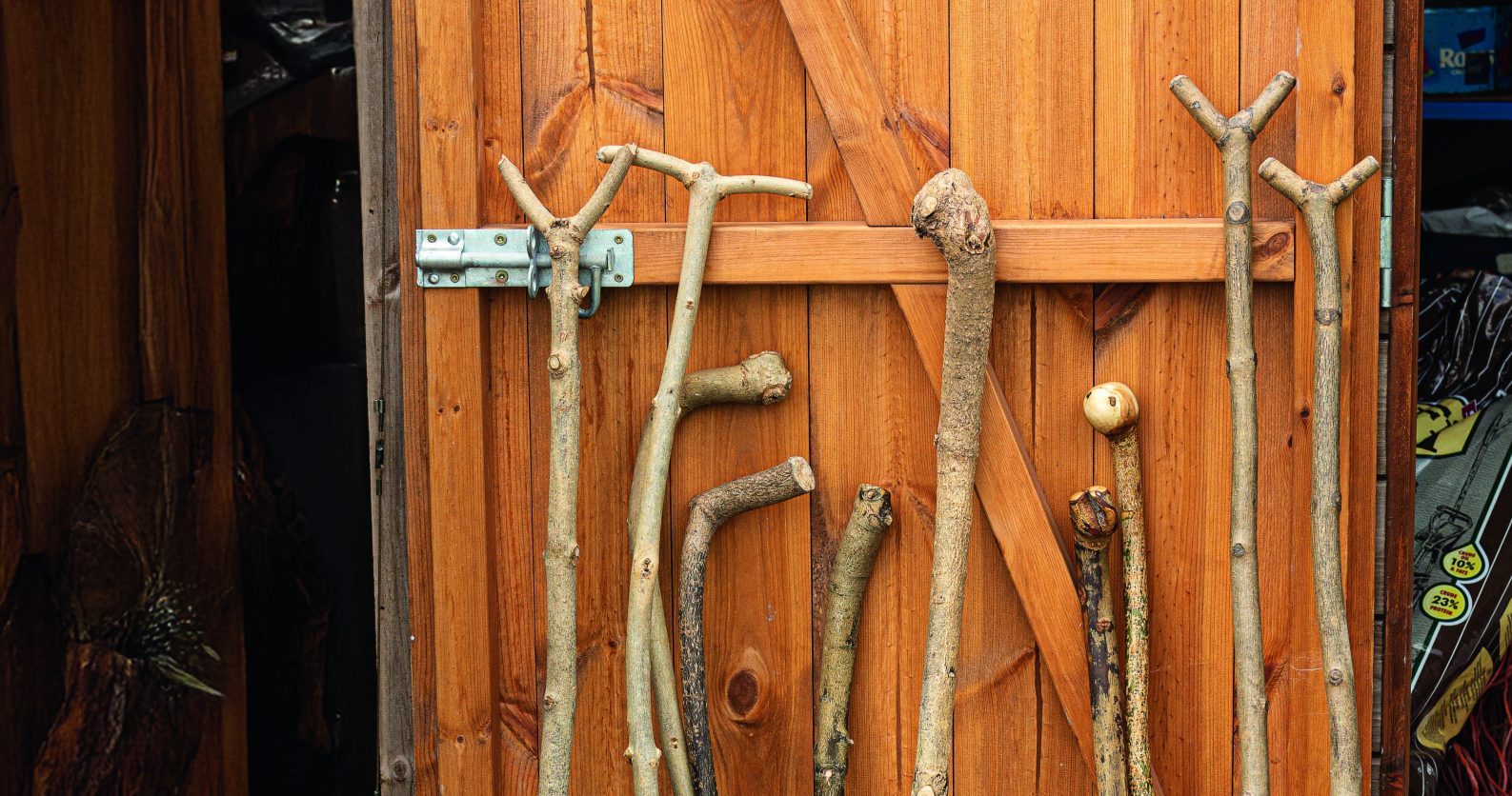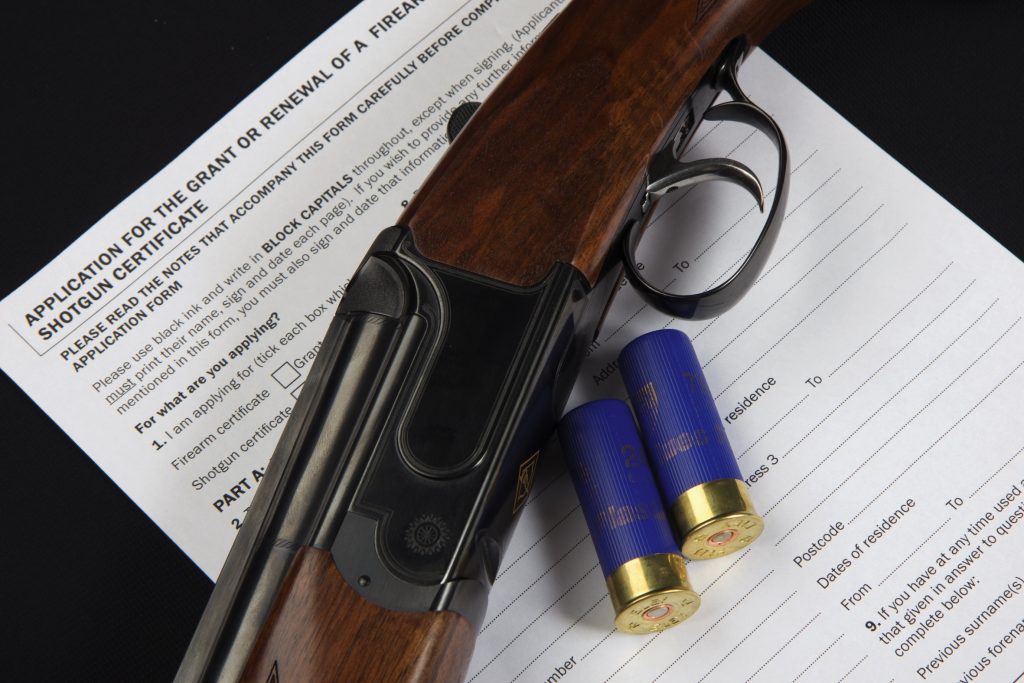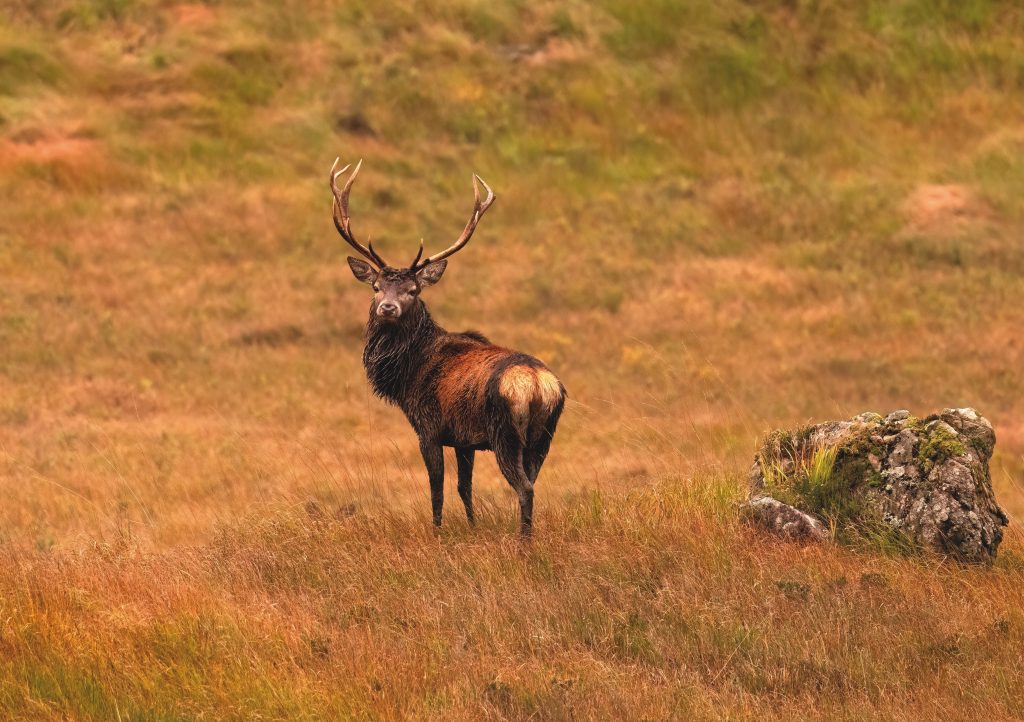Win CENS ProFlex DX5 earplugs worth £1,149 – enter here
Simon visits The Burrowers
Simon Whitehead visits the set of BBC Two’s The Burrowers to find out how a television production company filmed inside a rabbit warren
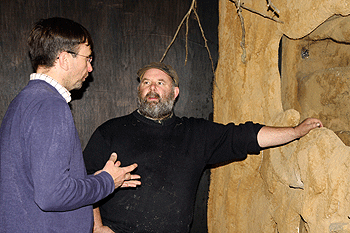
Back the summer, I waited with baited breath – along with two-and-a-half million other viewers – to watch The Burrowers: Animals Underground on BBC Two. Presented by Chris Packham, this three-part series focused on the widely unseen world of three British burrowing animals: the badger, water vole and the rabbit.
Living the life that I do, so deeply entwined with that of the rabbit, I wondered if the programme-makers would do justice to the rabbit’s architectural masterpieces and their natural behavioural patterns. I wondered what we would learn from this insight into the lagomorphal life that we didn’t already know.
Though I was personally disappointed, I still found the show fascinating. Creating this illusion couldn’t have been easy. I had questions on so many aspects of the programme, from the camera angles to the complexity of the warren. Why did they use tame rabbits to mimic their wild counterparts? How was the warren built to be so camera-friendly, and what would it be like to walk through the round door?
Determined as ever to learn more, photographer Steve Taylor and I made the long journey to Upcott Grange Farm in Broadwoodwidger, on Dartmoor, the base for The Burrowers and home of Derek Gow. Derek is not only a naturalist of some repute but he is also a farmer who is successfully diversifying. He has created a niche outlet for his skills and farming resources in the shape of the West Country Wildlife Photography Centre. He is an absorbing character who instantly made us feel at home even though he was extremely busy.
Related Articles
Get the latest news delivered direct to your door
Subscribe to Shooting Times & Country
Discover the ultimate companion for field sports enthusiasts with Shooting Times & Country Magazine, the UK’s leading weekly publication that has been at the forefront of shooting culture since 1882. Subscribers gain access to expert tips, comprehensive gear reviews, seasonal advice and a vibrant community of like-minded shooters.
Save on shop price when you subscribe with weekly issues featuring in-depth articles on gundog training, exclusive member offers and access to the digital back issue library. A Shooting Times & Country subscription is more than a magazine, don’t just read about the countryside; immerse yourself in its most authoritative and engaging publication.




